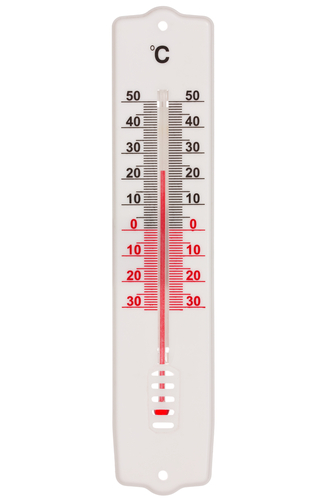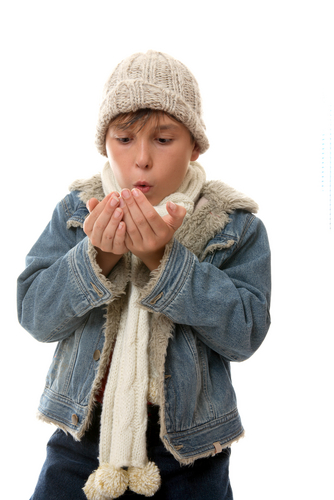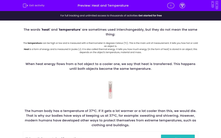The words 'heat' and 'temperature' are sometimes used interchangeably, but they don't mean the same thing!
The temperature tells us how hot or cold an object is. It is measured with a thermometer in degrees Celsius (°C). This is the main unit of measurement.
Heat, on the other hand, is a form of energy and is measured in joules (J). It's also called thermal energy and tells us how much energy (in the form of heat) is stored in an object; this depends on the object's temperature, material, and mass.
Heat will always flow from a hot object to a cooler one. When this happens, we say that heat is transferred.
The greater the difference in temperature, the faster the rate of heat transfer. This happens until both objects become the same temperature.

Objects that allow heat to flow easily are called conductors and objects that make it difficult for heat to flow are called insulators.
The human body has a temperature of 37°C. If our body temperature increased or decreased from this number significantly, we would die. That's why our bodies have ways of keeping us at 37°C, for example, sweating and shivering. However, modern humans have developed other ways to protect themselves from extreme temperatures, such as clothing and buildings.









